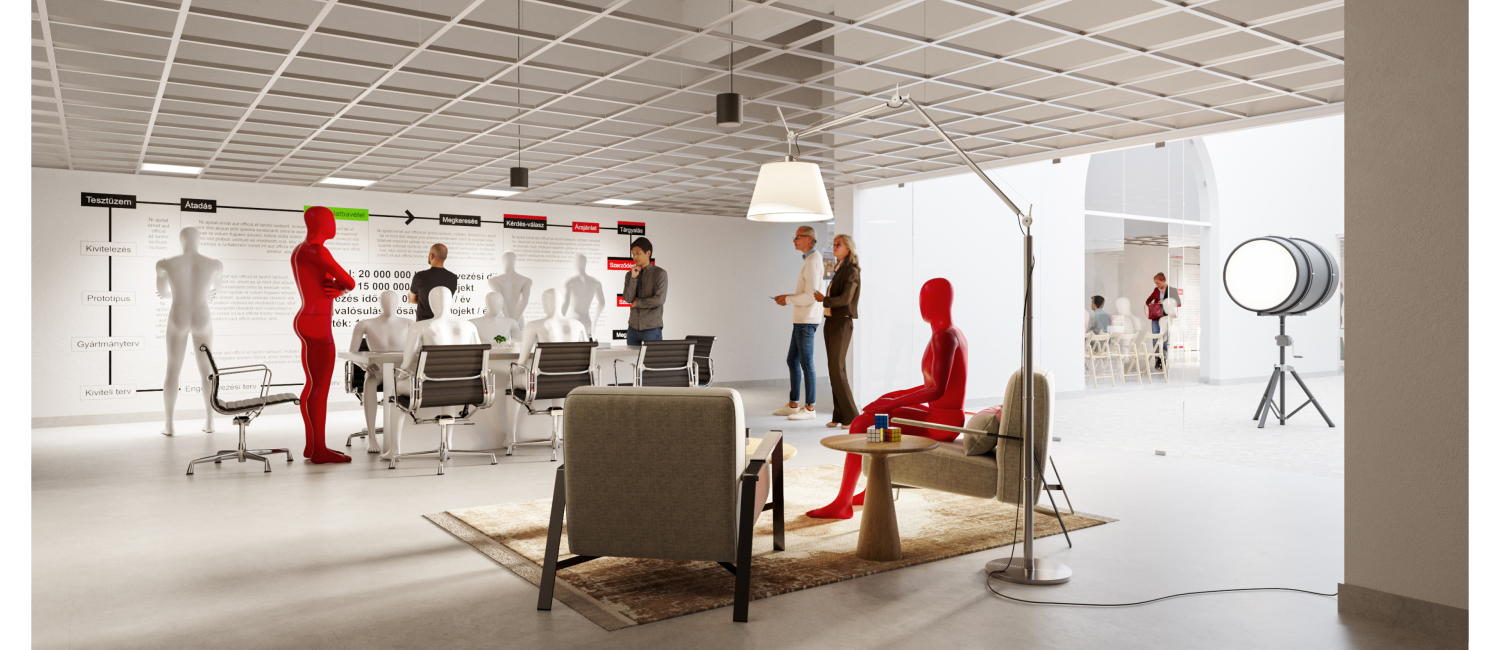Presenting 13 success stories in Venice
The Hungarian Pavilion showcases the work of creative professionals who have graduated as architects and make successful use of their architectural knowledge outside the profession.
Titled Intelligens. Natural. Artificial. Collective, the 19th Venice Architecture Biennale opens in May, with intelligence as its main theme. The Hungarian exhibition reflects on the manifesto by the Biennale’s curator Carlo Ratti, according to whom “to face a burning world, architecture must harness all the intelligence around us. The Hungarian Pavilion addresses a particular yet global phenomenon: the issue of abandoning one’s architectural career, followed by successful career reorientation.
Curator Márton Pintér and his team of young architects present thirteen Hungarian success stories, showcasing the work of renowned creative professionals who graduated as architects and have brought their architectural knowledge to success outside their profession and continue to do so to this day. Among them we find inventors, scientists, musicians, public figures, cultural and media professionals and university professors. Some of them are now household names around the world, the career paths of some are still on the upswing, while others have achieved exemplary results or particular intellectual stature in their chosen fields. What they all have in common is that they started their careers as architects and eventually exported their knowledge to related fields or to completely different areas. While architecture is bound by strict rules, the success stories of these professionals reveal how it is possible change careers and find new paths to come up with creative and innovative solutions.
Not only does the project highlight success stories but it also focuses on future architects. On the one hand, the catalogue contains words of advice for aspiring architects from all participants. On the other hand, project team conducted a survey among architecture students at universities across Hungary on how future architects perceive the themes in focus of each success story. The responses paint a picture of a generation sensitive to problems, with the positive conclusion that young people want to believe that an architect can make more than just a building, and that a good building is more than concrete, glass and steel.
The exhibition evokes a now abandoned, once prestigious architecture studio, where architects work on their success projects outside the profession. The content of the exhibition is divided into three categories (participants–success projects–topics) represented by an RGB (red-green-blue) colour scheme. The Hungarian Pavilion offers alternatives for career starters, career dropouts and career finders alike, confirming that there is great need for developing talent based on architectural knowledge in our increasingly challenging world.
National Commissioner: Julia Fabényi
Curator: Márton Pintér
Exhibitors: Attila Bujdosó, Dániel Gryllus, Vilmos Gryllus and Balázs Radványi (Kaláka band), Máté Győrffy, Péter Janesch, Csaba Kelemen and Balázs Tompa (Kirowski), Áron Losonczi, Ernő Rubik, Péter Pozsár, Balázs Rajcsányi and Pál Varsányi (Play Dead), Krisztina Regős, Imre Rimóczi, Ádám Somlai-Fischer and family, Judit Varga
Research team: András Graf, Ingrid Manhertz, Júlia Böröndy
Graphic design: Szőke Gergely
Short film: Benjámin Kalászi
https://noismore.com X: @noismore_ Instagram: @noismore_
Main sponsor: Ministry of Culture and Innovation
Key professional partner: University of Pécs, Faculty of Engineering and Information Technology,
Marcel Breuer Doctoral School
Sponsor: MÖBELKUNST


